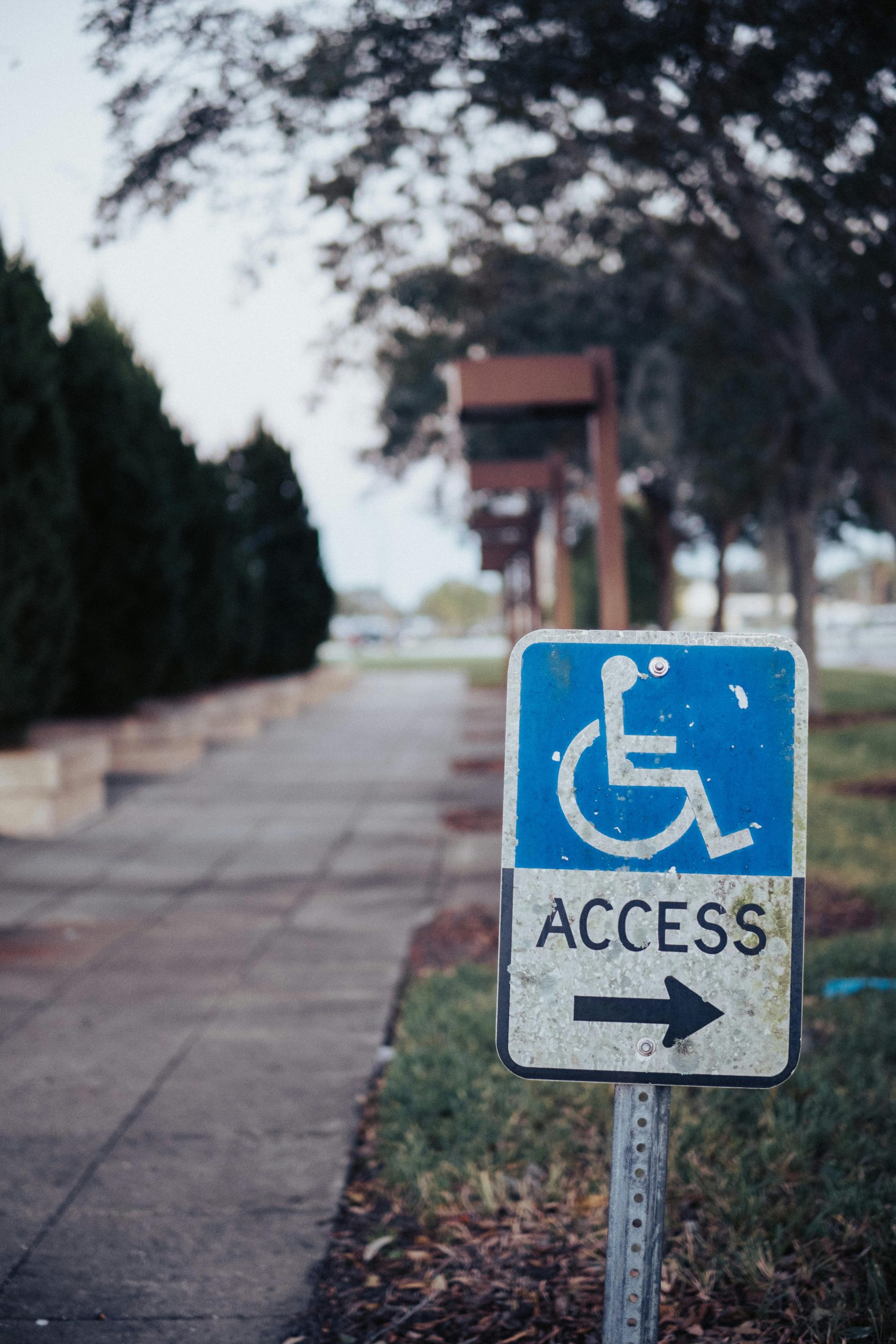Understanding the Risks: Sharing Your .har File with Scammers
In today’s digital landscape, it’s crucial to remain vigilant about your online security. Recently, I found myself in a precarious situation when I unknowingly shared a .har file with a potential scammer. Perhaps you’ve encountered similar circumstances and are now questioning the implications of such an action.
The Incident
It all began innocuously enough. A stranger guided me to open my browser’s inspect element, navigate to the network tab, refresh the page, and save everything as a .har file. Trusting their instructions, I complied, believing it was an ordinary request. However, I quickly regretted that decision when I noticed the same individual attempting to access one of my accounts.
Fortunately, my two-factor authentication thwarted their efforts, but it left me anxious and questioning what information they could extract from the .har file. Just to clarify, a .har (HTTP Archive) file contains a wealth of data about the network requests made by your browser, including details about cookies and authentication tokens for websites you’ve visited.
What They Might Access
The primary concern with sharing a .har file is that it could potentially reveal sensitive data associated with your online accounts. Even if they only attempted to access the account related to the specific tab open when I saved the .har file, there’s no certainty that they couldn’t uncover additional details. Some critical pieces of information that could be exposed include:
- Cookies: These often contain session details that can provide access to your logged-in sessions.
- API Keys: If you’ve entered any API keys or tokens in the network requests, these can be exploited for unauthorized access.
- Personal Information: Any data sent through forms could be captured, depending on how you’ve interacted with the site.
While it seems they only targeted the account that was active, I couldn’t help but wonder whether other sensitive information might be lurking in that file.
Next Steps
After realizing the potential consequences of my actions, I took immediate action. The first step was updating my password for the compromised account. I also recommended changing passwords for other accounts as a precautionary measure. If you ever find yourself in a similar predicament, here are a few steps you can take:
- Change Your Passwords: Prioritize any accounts you believe may have been compromised.
- Monitor Account Activity: Keep an eye on your accounts for any unauthorized activity.
- Review Security Settings
Share this content:



